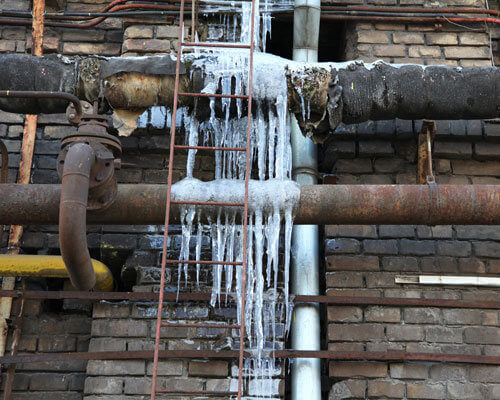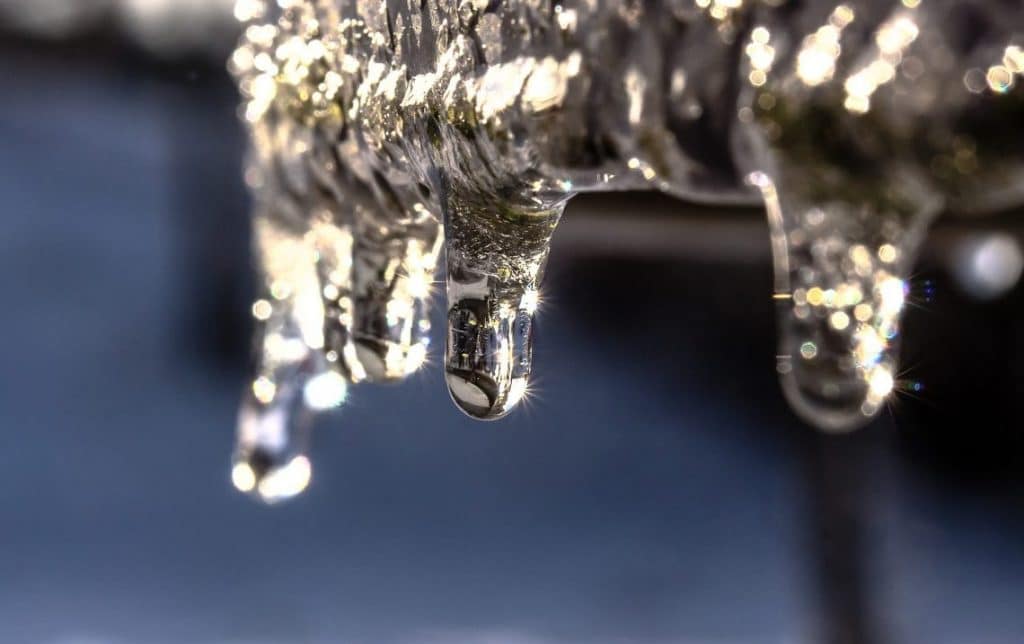Have you been trying to find suggestions around How to prepare your home plumbing for winter weather?

Winter can ruin your plumbing, especially by freezing pipelines. Right here's how to prevent it from occurring and what to do if it does.
Introduction
As temperature levels decrease, the danger of frozen pipes increases, possibly resulting in expensive repair work and water damages. Understanding how to stop icy pipes is crucial for house owners in cool environments.
Avoidance Tips
Insulating prone pipes
Wrap pipelines in insulation sleeves or utilize warm tape to shield them from freezing temperature levels. Concentrate on pipes in unheated or outside areas of the home.
Heating strategies
Keep indoor spaces sufficiently heated, specifically areas with plumbing. Open up cabinet doors to allow warm air to distribute around pipes under sinks.
Just how to identify frozen pipes
Try to find reduced water circulation from faucets, uncommon smells or sounds from pipes, and noticeable frost on revealed pipes.
Long-Term Solutions
Architectural modifications
Take into consideration rerouting pipelines away from exterior wall surfaces or unheated locations. Include extra insulation to attics, cellars, and crawl spaces.
Upgrading insulation
Buy top notch insulation for pipelines, attics, and wall surfaces. Proper insulation assists preserve consistent temperature levels and reduces the risk of frozen pipes.
Safeguarding Outside Plumbing
Yard hose pipes and outdoor faucets
Detach and drain pipes garden tubes before winter season. Set up frost-proof faucets or cover outside taps with insulated caps.
Recognizing Icy Pipes
What causes pipelines to freeze?
Pipelines ice up when exposed to temperatures listed below 32 ° F (0 ° C) for extended durations. As water inside the pipes ices up, it broadens, putting pressure on the pipe walls and potentially causing them to rupture.
Dangers and problems
Frozen pipelines can result in water supply disruptions, building damages, and expensive repair work. Ruptured pipes can flooding homes and trigger extensive architectural damages.
Indicators of Frozen Pipeline
Recognizing frozen pipelines early can avoid them from rupturing.
What to Do If Your Pipelines Freeze
Immediate activities to take
If you believe frozen pipelines, maintain faucets open up to soothe stress as the ice melts. Use a hairdryer or towels taken in hot water to thaw pipes slowly.
Conclusion
Protecting against frozen pipelines calls for positive measures and fast responses. By understanding the reasons, indicators, and preventive measures, property owners can secure their pipes during cold weather.
5 Ways to Prevent Frozen Pipes
Drain Outdoor Faucets and Disconnect Hoses
First, close the shut-off valve that controls the flow of water in the pipe to your outdoor faucet. Then, head outside to disconnect and drain your hose and open the outdoor faucet to allow the water to completely drain out of the line. Turn off the faucet when done. Finally, head back to the shut-off valve and drain the remaining water inside the pipe into a bucket or container. Additionally, if you have a home irrigation system, you should consider hiring an expert to clear the system of water each year.
Insulate Pipes
One of the best and most cost-effective methods for preventing frozen water pipes is to wrap your pipes with insulation. This is especially important for areas in your home that aren’t exposed to heat, such as an attic. We suggest using foam sleeves, which can typically be found at your local hardware store.
Keep Heat Running at 65
Your pipes are located inside your walls, and the temperature there is much colder than the rest of the house. To prevent your pipes from freezing, The Insurance Information Institute suggests that you keep your home heated to at least 65 degrees, even when traveling. You may want to invest in smart devices that can keep an eye on the temperature in your home while you’re away.
Leave Water Dripping
Moving water — even a small trickle — can prevent ice from forming inside your pipes. When freezing temps are imminent, start a drip of water from all faucets that serve exposed pipes. Leaving a few faucets running will also help relieve pressure inside the pipes and help prevent a rupture if the water inside freezes.
Open Cupboard Doors
Warm your kitchen and bathroom pipes by opening cupboards and vanities. You should also leave your interior doors ajar to help warm air circulate evenly throughout your home.

I was made aware of that article on How to Prevent Your Pipes From Freezing from an acquaintance on our other website. Sharing is caring. Who knows, you may very well be helping someone out. I appreciate reading our article about How To Avoid Freezing Pipes.
Click Here